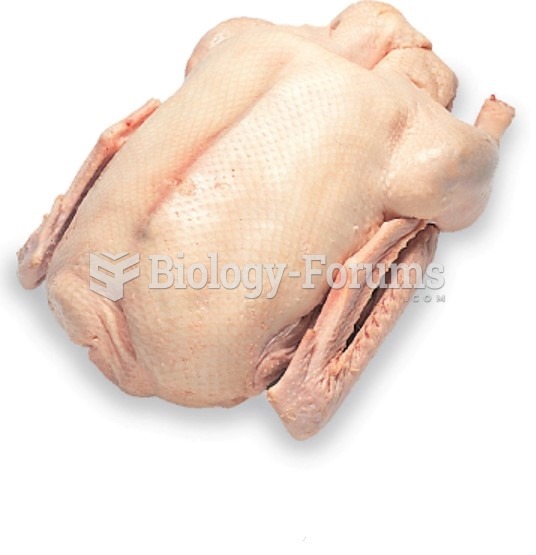Answer to Question 1
Rationale 1: The term paramedical technologist includes laboratory technologists, radiological technologists, and nuclear medicine technologists. This title is given to those professionals having some connection with medicine. This referral would not meet the client's needs regarding independent living.
Rationale 2: A physical therapist helps clients regain physical strength and mobility. In this case, the client would probably also see a physical therapist, but not for the focus on independent living.
Rationale 3: An occupational therapist assists clients with impaired function to gain the skills necessary for activities of daily living. The therapist teaches skills that are therapeutic but at the same time provide fulfillment. Helping a client with paralysis learn to use equipment or different methods of doing daily tasks will enable the client to be as independent as possible.
Rationale 4: A case manager's role is to ensure that clients receive fiscally sound, appropriate care in the best setting. This client may well have a case manager to coordinate all the necessary care, but the question focuses on the return to independent living.
Answer to Question 2
Correct Answer: 1
Rationale 1: The central concept of the hospice movement is not saving life but improving or maintaining the quality of life until death. Hospice care provides a variety of services given to the terminally ill, their families, and support persons. The place of care varies, but includes home, hospital, or skilled nursing facilities.
Rationale 2: Acute care may be warranted as the client's condition changes.
Rationale 3: The place of hospice care varies, but includes home, hospital, or skilled nursing facilities.
Rationale 4: Hospice care may well be cheaper, but this is not the main reason for referral to hospice services.







